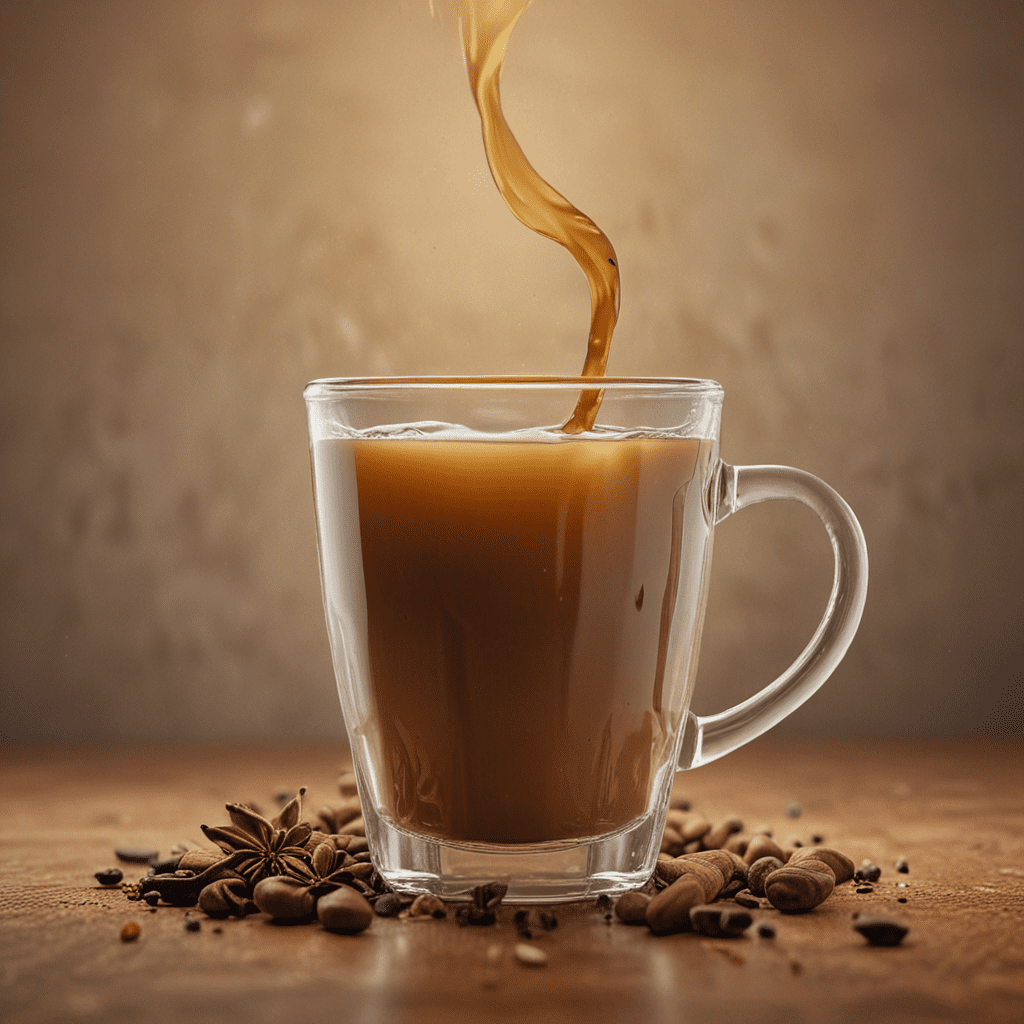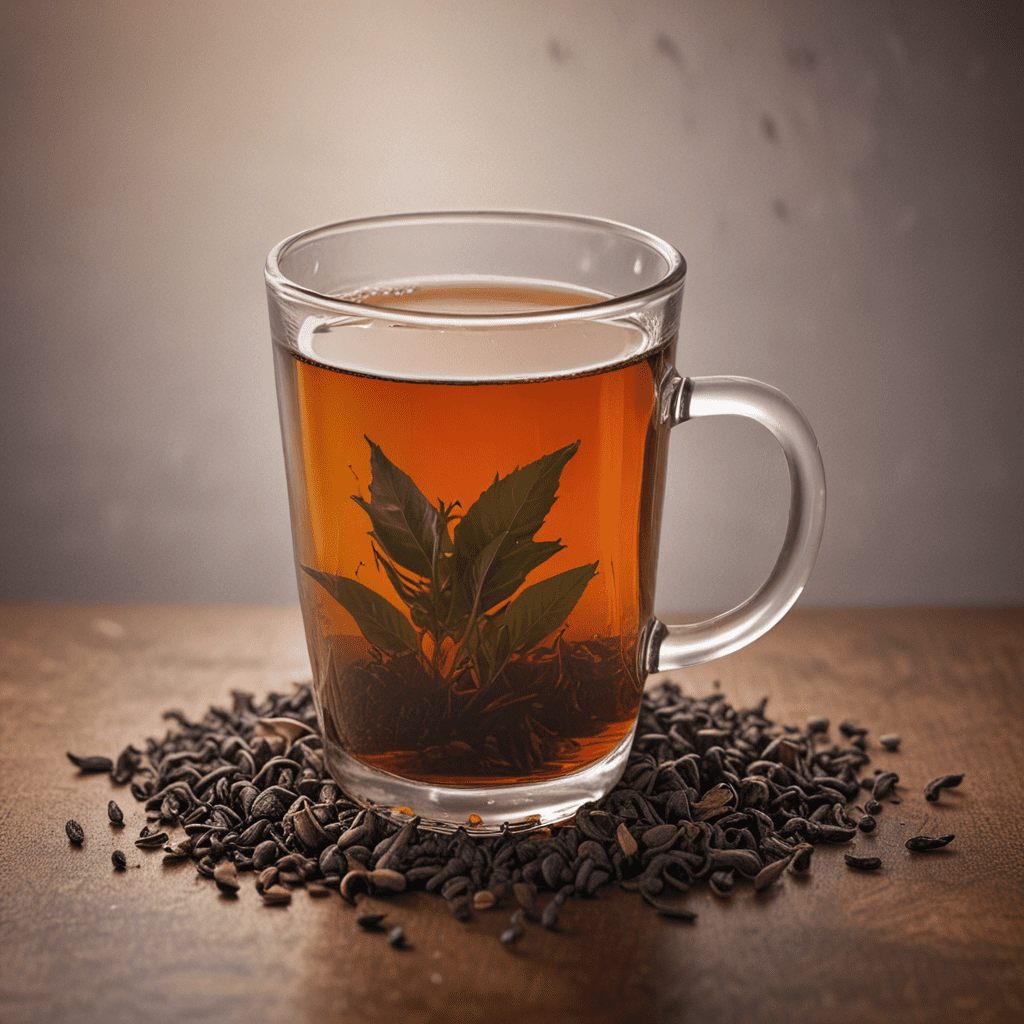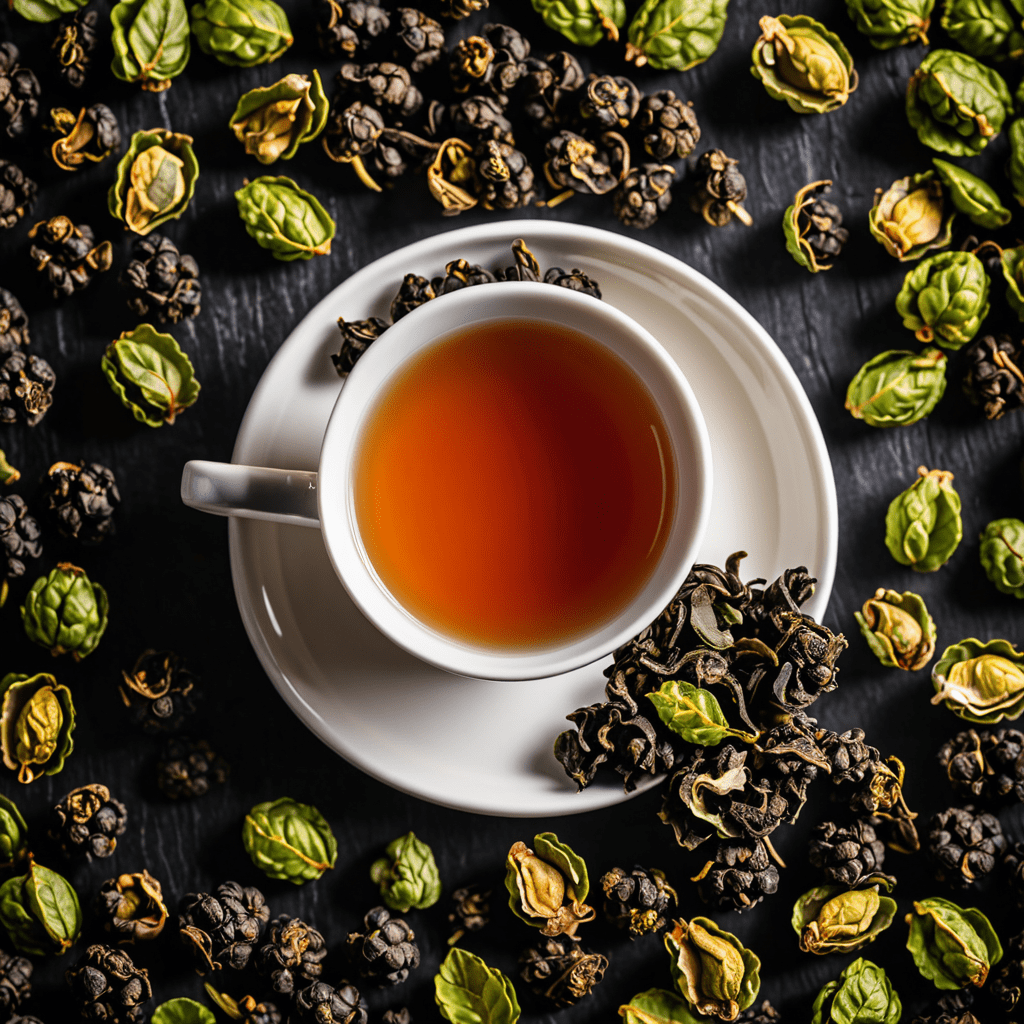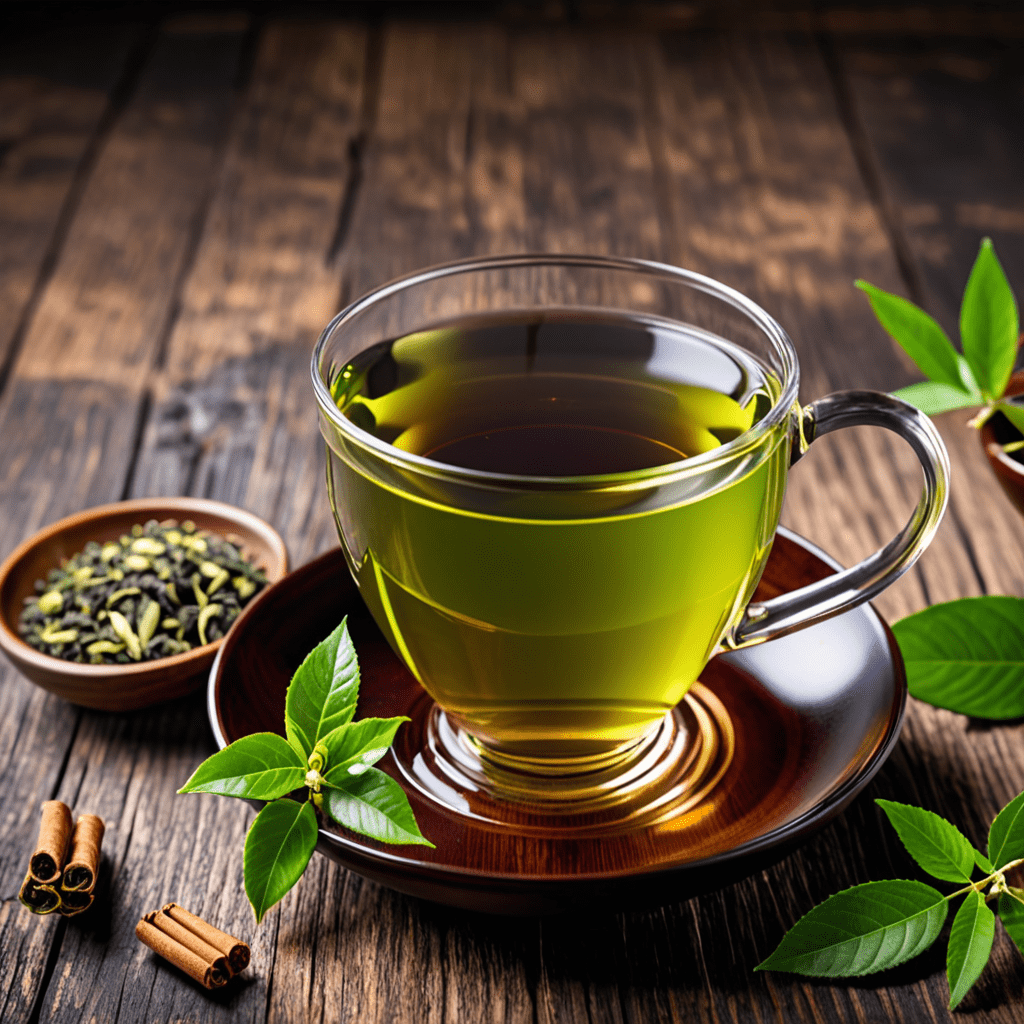
Chai Tea: Aromatic Bliss in Every Sip
I. Origin and History of Chai Tea
Chai tea has a rich and ancient history, with its origins tracing back to India. The word "chai" itself means "tea" in Hindi, and the beverage is believed to have originated as a traditional Ayurvedic healing drink over 5,000 years ago. Chai was initially made with a blend of herbs and spices, including ginger, cinnamon, cardamom, and cloves, and was used for its medicinal properties.
Over the centuries, chai tea evolved into a popular beverage enjoyed throughout India. It became a staple in homes, roadside stalls, and tea shops, and various regional variations emerged. The introduction of black tea to India by the British in the 19th century further shaped the development of chai, as black tea leaves became the base for many chai blends.
II. Ingredients of Chai Tea
Chai tea is a blend of aromatic spices and either black, green, or oolong tea leaves. The most common spices used in chai include:
Ginger: Imparts a warm, spicy flavor and has anti-inflammatory properties.
Cinnamon: Adds a sweet and slightly woody flavor, and is rich in antioxidants.
Cardamom: Enhances the flavor profile with its unique, slightly minty notes and is known for its digestive benefits.
Cloves: Contribute a pungent, warm aroma and have antibacterial properties.
Black Pepper: Adds a touch of heat and helps enhance the absorption of other spices.
III. Health Benefits of Chai Tea
Chai tea is not only a delicious beverage but also offers various health benefits. It is a rich source of antioxidants, which help protect the body from damage caused by free radicals. The spices used in chai, such as ginger and cinnamon, have anti-inflammatory properties, which may help reduce inflammation in the body.
Chai tea has also been found to improve digestion and metabolism. Ginger and cardamom in chai aid in reducing gas and bloating, while the caffeine in black tea can stimulate digestion. Additionally, chai tea may help reduce stress and anxiety as it contains theanine, an amino acid that has calming effects on the nervous system.
IV. Cultural Significance of Chai Tea
Chai tea holds immense cultural significance in India. It is a symbol of hospitality and comfort, and is often served to guests as a welcoming gesture. Chai stalls are ubiquitous in India, and the aroma of freshly brewed chai fills the streets, creating a vibrant and inviting atmosphere.
Chai tea is also an integral part of religious ceremonies and festivals in India. It is often offered as a Prasad (offering) to deities and is considered a sacred beverage. The ritual of preparing and sharing chai tea fosters a sense of community and togetherness.
V. Different Variations of Chai Tea
Chai tea has countless variations across India and beyond. Some popular types include:
Masala Chai: The most common type of chai tea, prepared with a blend of black tea, milk, sugar, and spices like ginger, cinnamon, cardamom, cloves, and black pepper.
Kashmiri Kahwa: A unique variation from Kashmir, made with green tea leaves, saffron, almonds, and spices.
Tibetan Butter Tea: A staple in Tibet, prepared with black tea, butter, salt, and sometimes yak butter.
VI. How to Brew Perfect Chai Tea
Brewing the perfect cup of chai tea requires careful attention to ingredients and technique. Here are the essential steps:
Choosing the Right Ingredients:
Tea Leaves: Use high-quality black, green, or oolong tea leaves. Masala chai typically uses black tea, while green tea is preferred for Kashmiri kahwa.
Spices: Freshly ground spices yield the best flavor. Use a combination of ginger, cinnamon, cardamom, cloves, and black pepper. Adjust the quantities to suit your taste preferences.
Milk: Use whole milk, almond milk, or coconut milk for a creamy texture.
- Sweetener: Sugar, honey, or jaggery can be added to taste.
Steeping Time and Temperature:
Steeping Time: Steep the tea leaves and spices for 5-10 minutes, depending on the desired strength.
Temperature: Bring water to a boil, then remove from heat and let it cool for a minute before adding the tea leaves and spices.
Milk and Sweetener Preferences:
Milk: Add milk to taste, starting with a small amount and gradually increasing it until you reach your desired consistency.
Sweetener: Add sweetener to taste, starting with a small amount and gradually increasing it until you reach your desired sweetness level.
VII. Chai Tea and Culinary Arts
Chai tea's versatility extends beyond its consumption as a beverage. It can be incorporated into various culinary creations:
Pairing with Food: Chai tea pairs well with spicy dishes, desserts, and baked goods.
Use in Baking: Add chai tea powder or brewed chai tea to cakes, cookies, and muffins for a unique flavor twist.
Cooking: Use chai tea as a marinade for meats or a flavorful addition to curries and stews.
VIII. Modern Innovations in Chai Tea
Chai tea has undergone modern innovations, leading to new variations and formats:
Chai Tea Lattes: Chai tea combined with steamed milk and frothed milk, creating a creamy and decadent beverage.
Bubble Tea: Chai tea infused with tapioca pearls, a popular Taiwanese drink.
Flavored Chai Blends: Chai tea blends infused with additional flavors, such as vanilla, caramel, or turmeric.
IX. Sustainability and Ethical Considerations
Ethical and sustainable practices are essential in the tea industry:
Sourcing: Choose chai tea brands that source their ingredients ethically and sustainably.
Fair Trade Practices: Support brands that adhere to fair trade principles, ensuring fair wages and working conditions for tea farmers.
Environmental Impact: Consider the environmental impact of tea production, opting for brands that prioritize eco-friendly practices.
X. Concluding Remarks
Chai tea is a versatile and aromatic beverage that offers a myriad of cultural, health, and culinary benefits. Its origins in ancient India have shaped its unique flavor profile and significance, while modern innovations have expanded its appeal. Whether enjoyed as a traditional beverage, incorporated into culinary creations, or appreciated for its health benefits, chai tea continues to captivate tea enthusiasts worldwide.
FAQs
Q: What is the caffeine content of chai tea?
A: The caffeine content of chai tea varies depending on the type of tea leaves used. Black tea-based chai has higher caffeine content than green tea-based chai.
Q: Can I make chai tea without milk?
A: Yes, you can make chai tea without milk. Simply omit the milk and add more water or use a plant-based milk alternative.
Q: What are the best spices to use in chai tea?
A: The traditional spices used in chai tea include ginger, cinnamon, cardamom, cloves, and black pepper. You can adjust the quantities and add other spices, such as nutmeg or star anise, to create your own unique blend.
Q: How long can I store brewed chai tea?
A: Brewed chai tea can be stored in the refrigerator for up to 3 days. Reheat before serving.
Q: What are the health benefits of chai tea?
A: Chai tea is rich in antioxidants and has anti-inflammatory properties. It may also aid in digestion, metabolism, and stress reduction.


